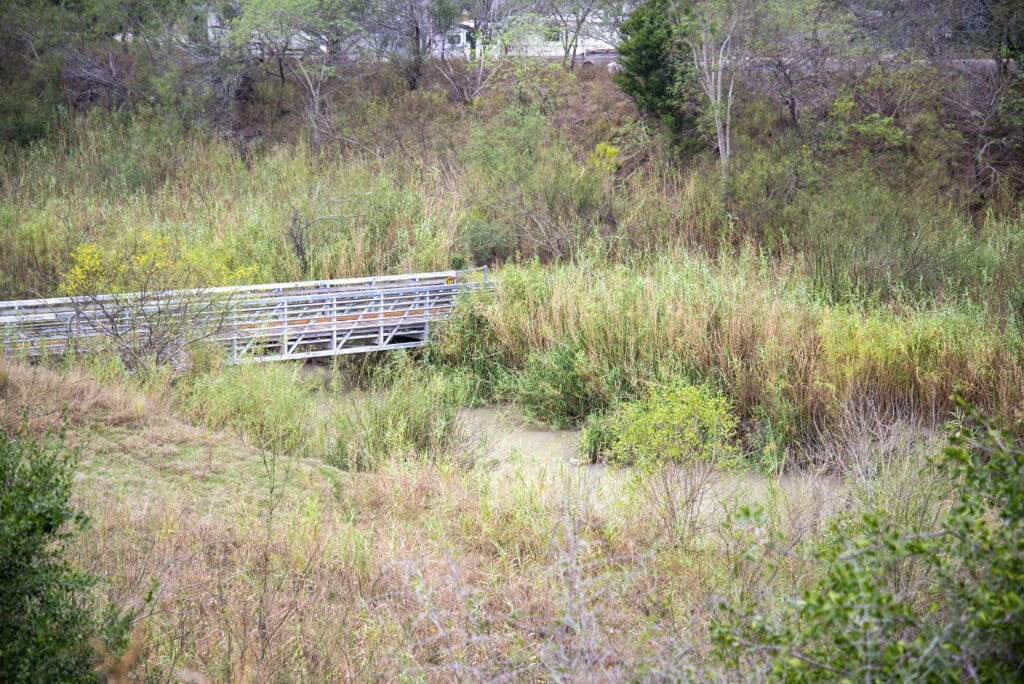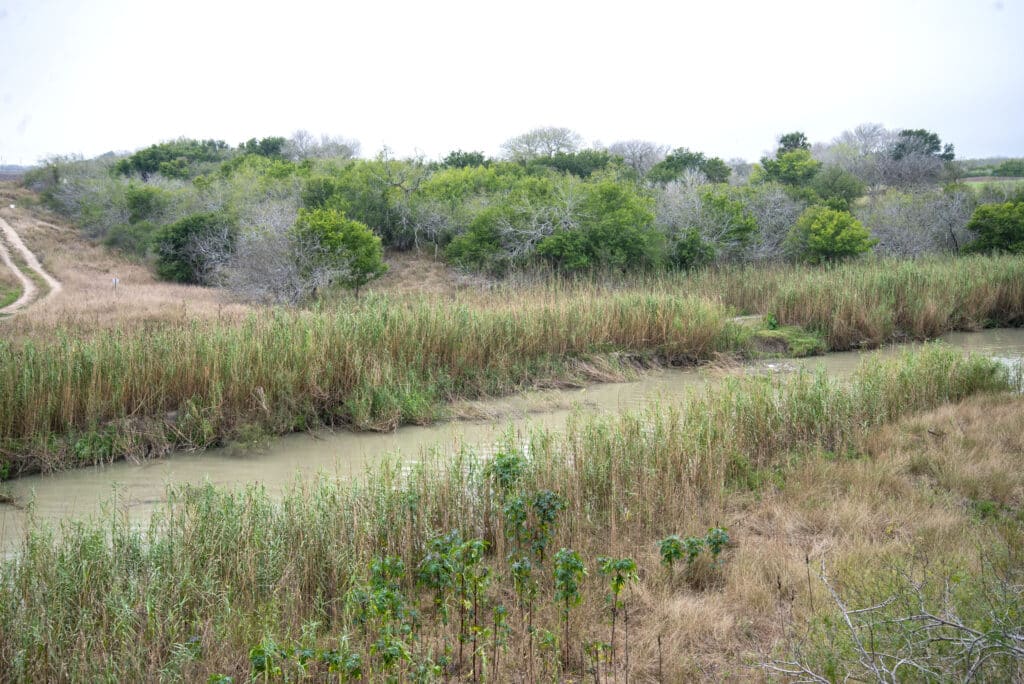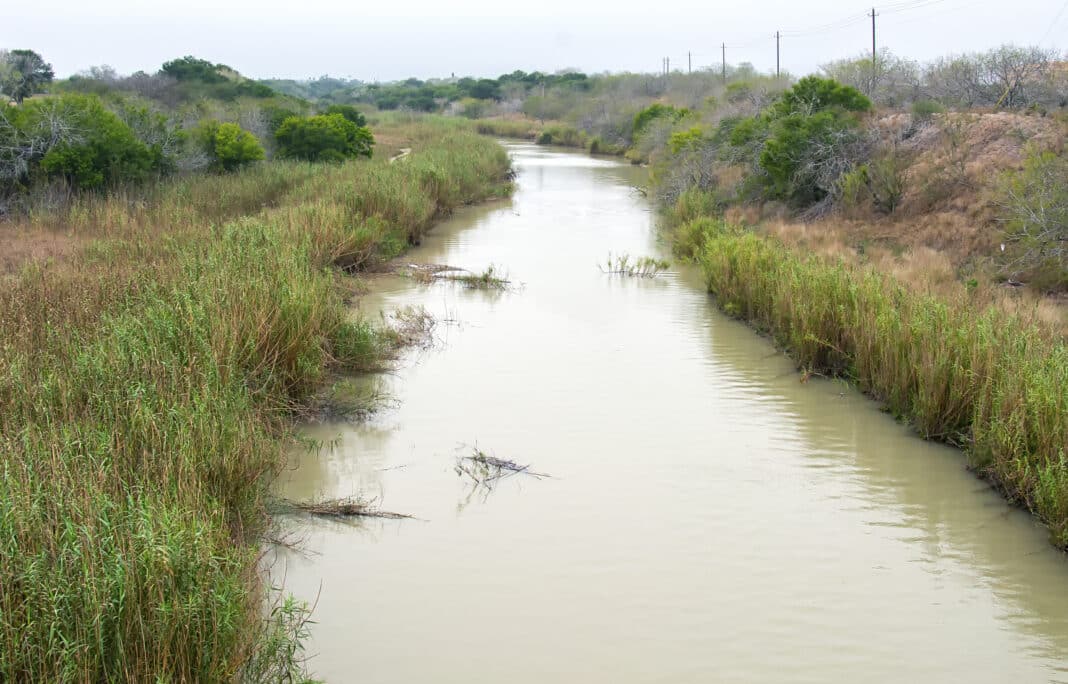HARLINGEN — Across 300 square miles, one of the region’s biggest drainage studies aims to develop a system of pipes, channels and retention ponds to curb flooding in an area where many residents’ homes have wallowed under near-record storms.
The Texas Water Development Board is awarding the city a $5.6 million grant to help fund the multimillion-dollar regional flood planning study focusing on the area stretching from Progresso to Rio Hondo.
“It would be a study of the hydrological conditions in the larger area,” Mayor Chris Boswell said. “It will allow cities to better plan and developers to plan subdivisions.”
As part of the study, the water board has also awarded grants to the cities of San Benito, Mercedes, La Feria, Rio Hondo, Palm Valley, Primera, Combes, Progresso and Rangerville along with two drainage districts and an irrigation district.
“It’s probably one of the bigger studies the city of Harlingen has undertaken,” Assistant City Manager Carlos Sanchez said. “It will help us map potential flood areas so we can identify projects. There are great things that are happening. A lot of the drainage issues are being addressed.”
City to lead study
Last week, Harlingen city commissioners gave City Manager Dan Serna the go-ahead to enter into a grant agreement with the water board.
To help fund the 18-month study, the city is dipping into its budget to pull its $623,700 share.
The study stems from 2019’s Proposition 8, which created the state’s Flood Infrastructure Fund, setting aside millions aimed at helping cities curb flooding.
As part of the project, the city will take the lead in the study, hiring an engineering or consulting firm to review and survey the region’s drainage systems, developing new hydraulic models while mapping 100- and 500-year flood plains.

Project scope
The study will focus on the region’s overall drainage system.
“It’s pretty much the area that flows into the Arroyo Colorado,” Sanchez, a hydraulic engineer, said.
“In the past the approach was each city would do its own drainage or hydraulic study. This study will show the interconnection of the drainage systems in the area and the flow into the Arroyo Colorado. It’s a lot of surveying ground work. We’re going to collect a lot of data — pipe sizes, elevations, inlets, outflows.”
The study will also target flood-prone areas, developing projects aimed at curbing flooding through construction of levees, drainage pipes, channels and retention ponds.
Study to propose projects
After the study, officials will present a list of proposed projects aimed to curb flooding in the area, Sanchez said.
The city, he said, plans to apply for grants to help fund the projects.
“We can use the study to help justify the need for those drainage improvement projects,” he said.
The study comes after near-record June storms in 2018 and 2019, each dumping more than a foot of water within hours, flooding many homes in the area.
The widespread damage has led many residents to call on city leaders to fund drainage upgrades while requesting developers boost subdivision standards.
Master drainage plan
Since 2008, when Hurricane Dolly flooded much of the area, officials have followed a master plan calling for about $70 million worth of projects aimed at curbing flooding.
From 2008 to 2014, officials launched $13.4 million worth of drainage projects, tapping $6.49 million in grants.
The list includes a $4.3 million downtown project, a $1.6 million project in the Buchanan, Hays and M Street area, a $2.3 million project to improve a drainage ditch along 32nd Street and Jefferson Avenue, a $530,000 project to improve a drainage ditch along Third Street and a $1.6 million project to improve northwest drainage.

2019-2020 projects
In August 2019, the city completed a project off Lake Drive in which crews replaced undersized curb inlets with three- and four-foot inlets, creating a bigger opening to allow floodwaters to enter storm pipes.
By the end of 2019, officials had completed a project expanding a drainage ditch in the Secluded Acres and Spanish Acres subdivisions while installing flap gates to prevent floodwaters from backing into the neighborhoods.
Along Becky Lane, the city installed a 24-inch concrete pipe to carry water from a west-side inlet to an east-side pond.
In early 2020, the city completed a project along Halpin Road aimed at improving a drainage ditch and resetting slopes to better direct water flow.
Then in April, the city completed a $278,891 project in which crews repaired a concrete drainage ditch along Jefferson Avenue.
As part of a partnership with Cameron County Drainage District No. 5 and Harlingen Irrigation District No. 1, the city launched a $157,374 project to improve a drainage ditch along 13th Street.
In 2019, the same partnership undertook a $494,584 project to improve a drainage ditch along Dixieland Road.
Now, the city is working on a $2.59 million project to widen storm sewer pipes in the Ninth and 13th Street area.
Projects planned
Meanwhile, officials are planning $11.2 million worth of projects aimed at improving the city’s storm sewer system while requesting $8.4 million in grant funding.
The list includes a $2.4 million project along Jefferson Street, a $3.8 million project in the Business 77 and 13th Street area, a $2.6 million project in the Fifth and Seventh Street area, a $1.59 million project in the 21st Street area and a $690,836 project in the Treasure Hills and 25th Street area.




